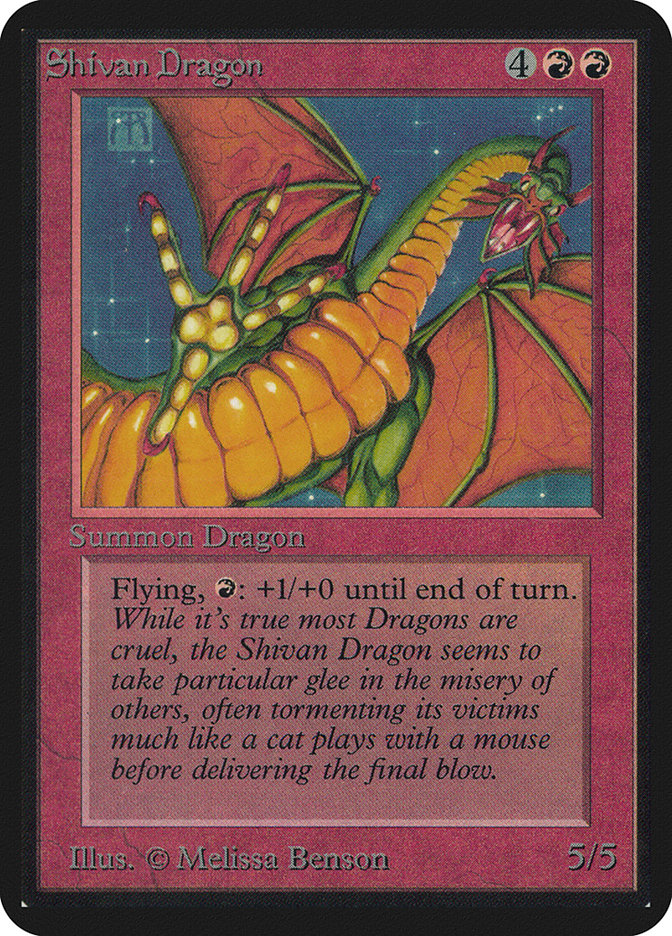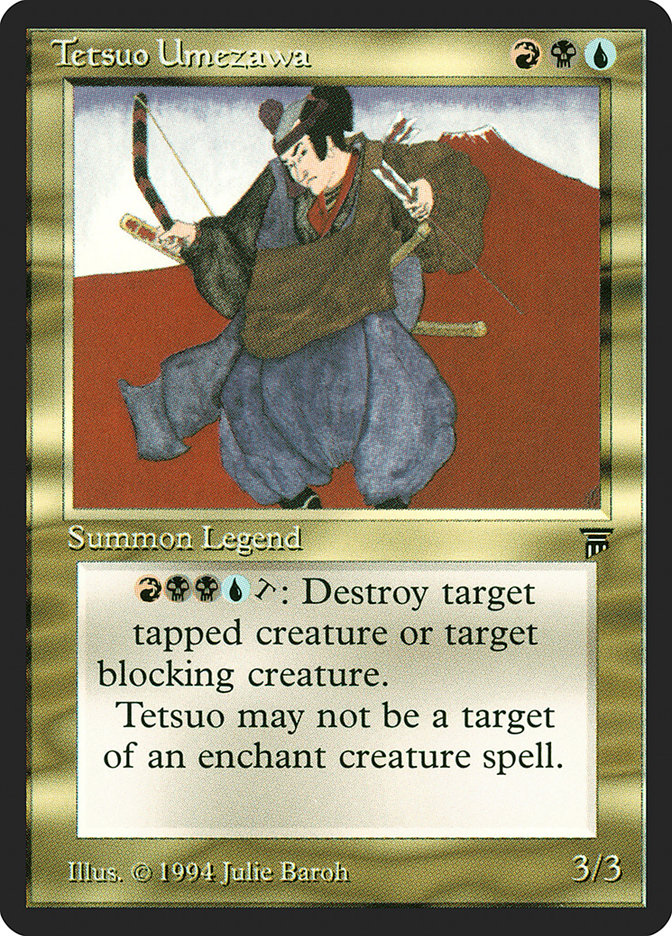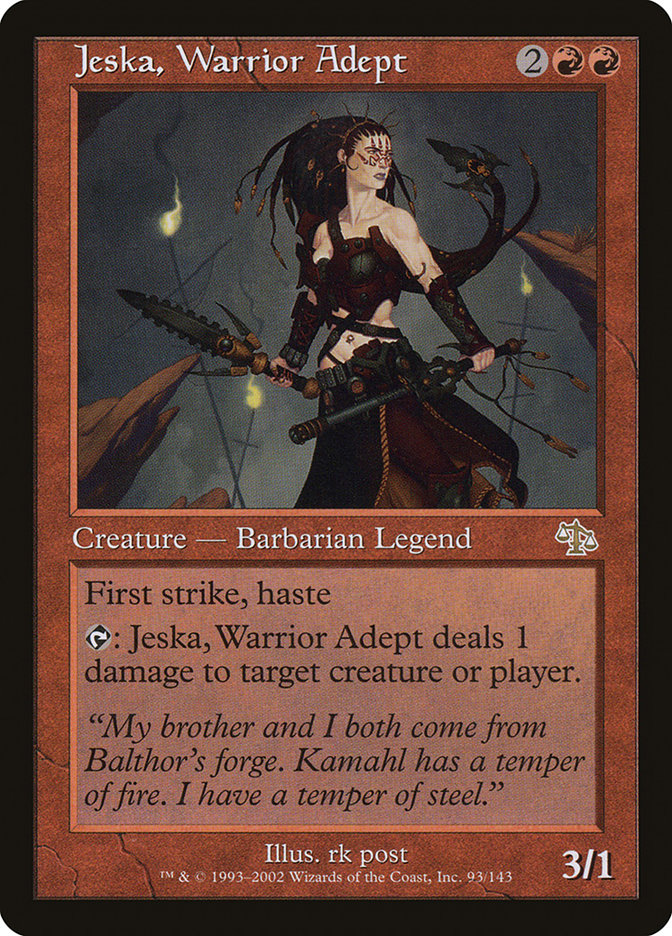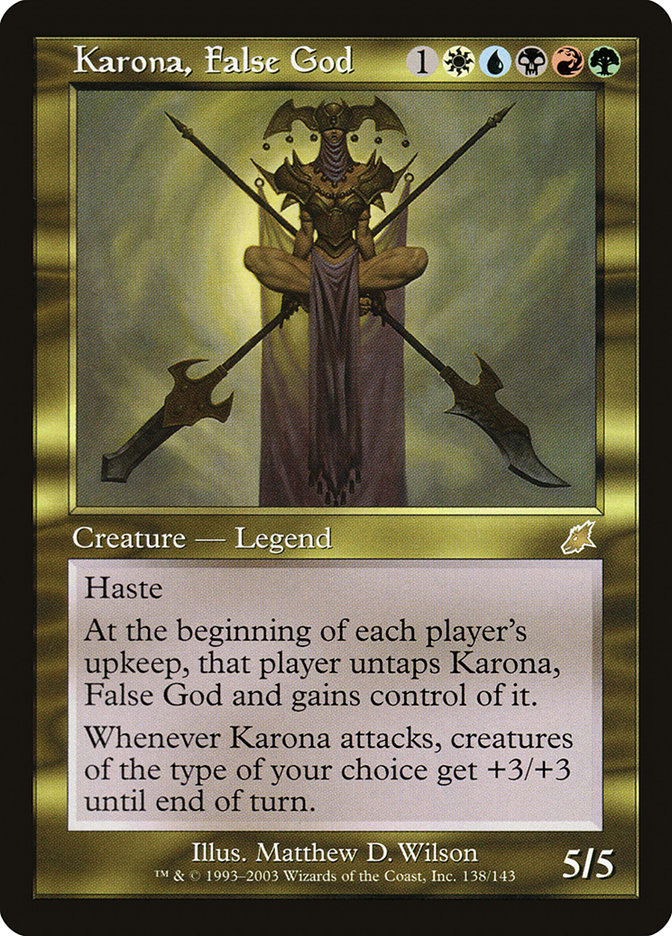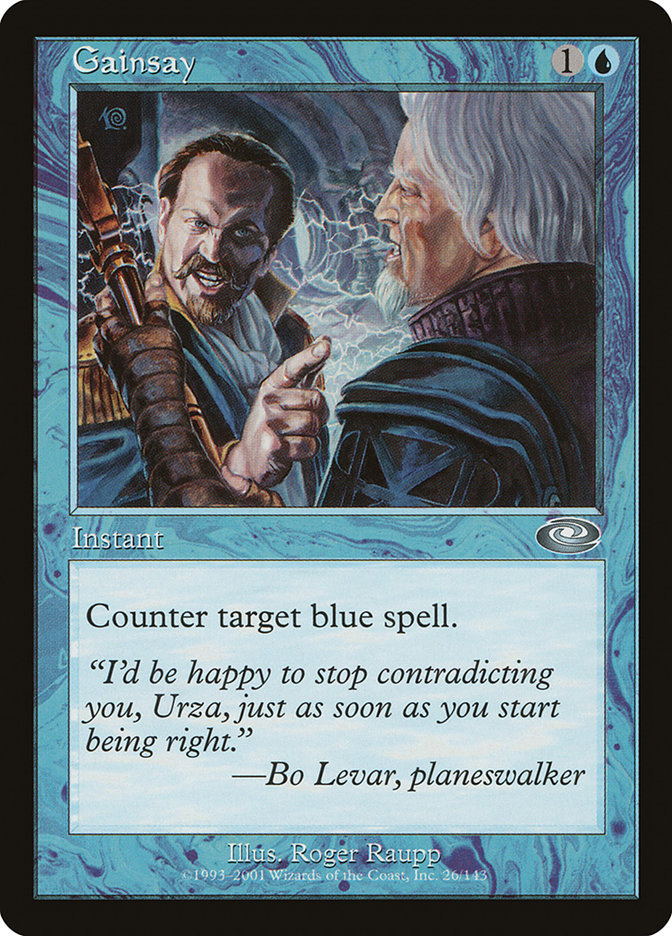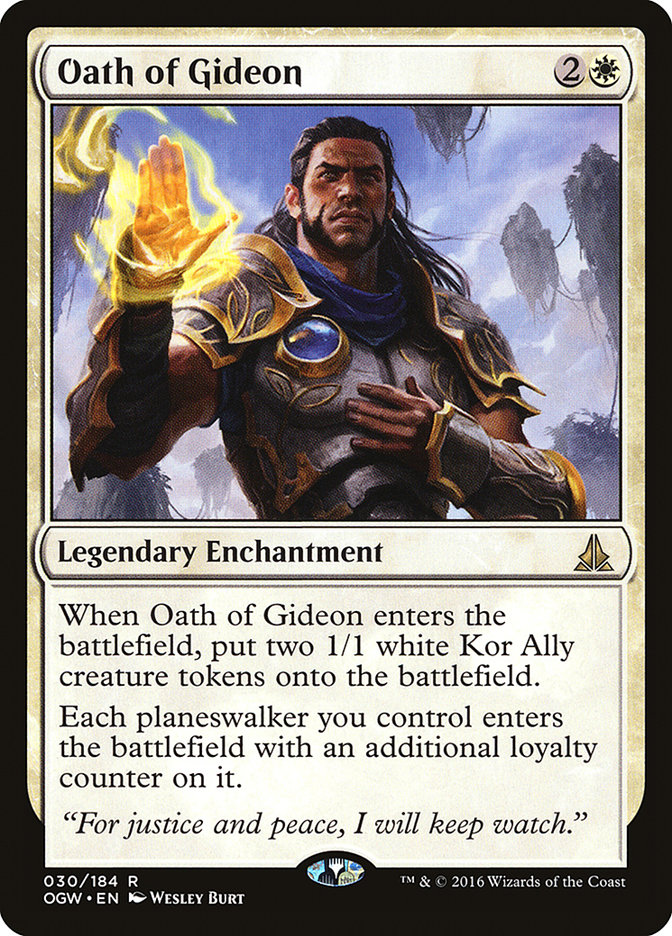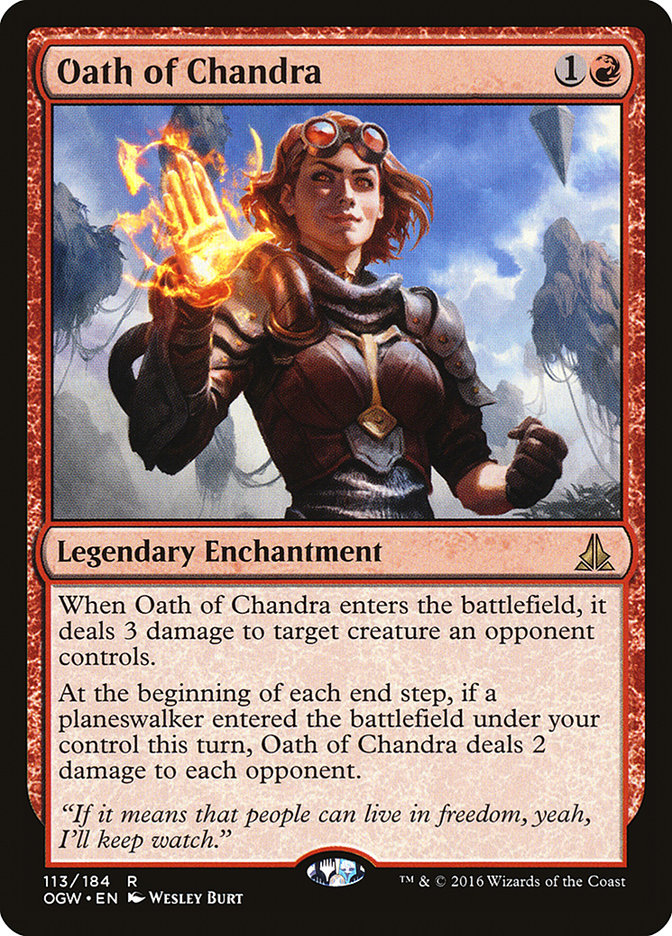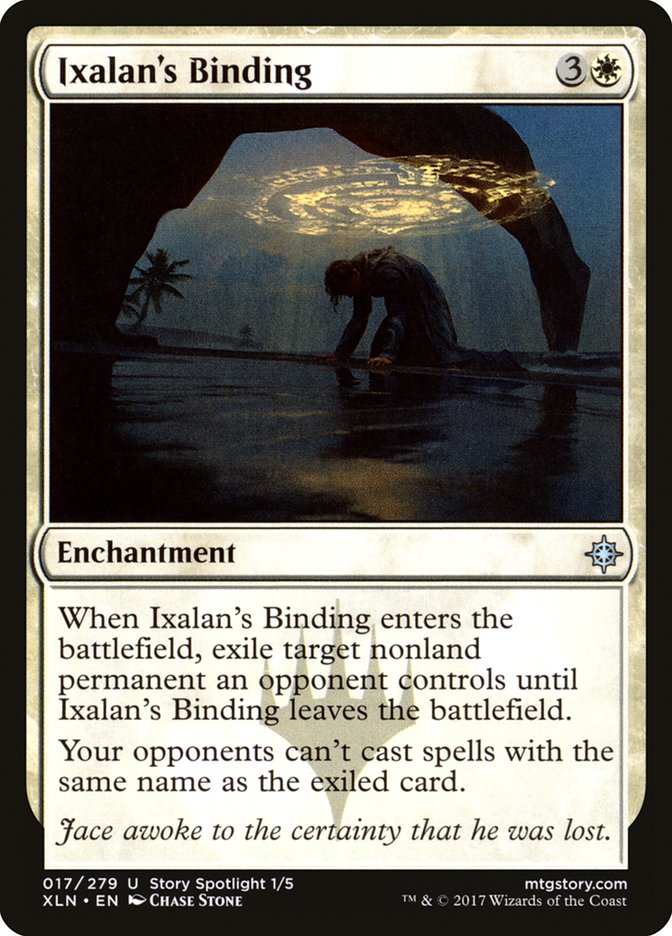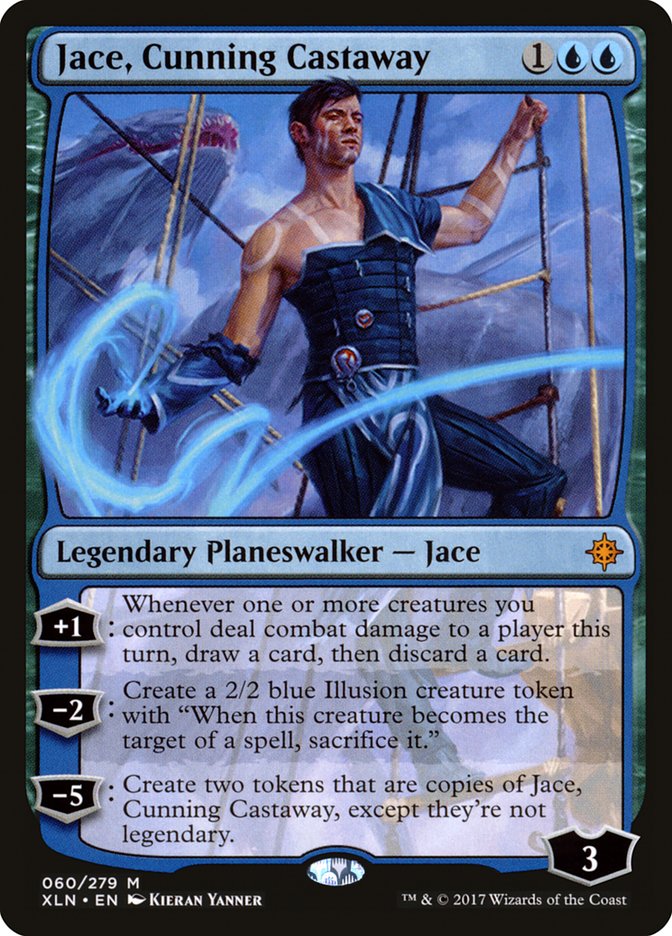Any media franchise that puts out new works will accumulate “cruft,” details that will only get in the way of future installments. If two background characters marry, for instance, and a writer or director wants to bring one of the background characters into focus, that creator must deal with the marriage.
There are, of course, multiple ways to achieve said dealing. The first is simply to acknowledge the character as married. A second is to dispense with the marriage in-fiction, as through divorce or widowhood (also known as the “How I Met Your Mother option”).
The third main option is more radical: the retroactive continuity or “retcon,” which effectively erases a detail from the past in the new work. The background character never married, or Nissa never looked down on non-Elves.
Still more radical, falling just short of creating an entirely new franchise, is the reboot.
With only the name (most of the time) and maybe some superficial details left intact, a reboot allows a creator to radically reinterpret a character, setting, or franchise. Films and comic books are infamous for reboots, such as “The New 52” by DC Comics in 2011.
While Magic has never had a reboot quite so drastic as The New 52, it has seen a number of smaller reboots throughout its almost 25-year history. Today I’ll present a brief survey of Magic’s reboots, the reasons for them, and their consequences.
1997: The Weatherlight Saga and “The Revision”
The early years of Magic had no central repository for the game’s lore. The flavorful elements such as Serra Angel and Shivan Dragon did not tie into some grand overarching theme; they were meant to sound cool. Ditto for the legendary creatures of Legends. The infamous Homelands set started with a pitch from two writers and saw cards designed to conform to the storyline, which…didn’t end well.
After a few sets in which assigned Wizards of the Coast employees crafted lore for sets (Ice Age and Alliances, Mirage and Visions), a dedicated effort put Magic’s worldbuilding under tighter control, past as well as future.
“The Revision,” better known through the term “prerevisionist,” roughly coincided with the start of the Weatherlight Saga, the period from Weatherlight through Apocalypse focusing on the adventures of Gerrard Capashen and the rest of the Weatherlight’s crew as they set about defeating Yawgmoth and the Phyrexians.
At and following “The Revision,” all previous Magic lore was either made to fit the Weatherlight Saga or was discarded, which proved to be something of a bone of contention at the time. For example, the planeswalker spark’s nature was given a single unified explanation, and Yawgmoth was rendered no longer a planeswalker, preventing him from simply planeswalking to Dominaria and forcing him to use other means.
As can be seen through the link in the paragraph above, “The Revision” was the first of many shocks eventually delivered to the “Spike Vorthoses” who effectively compete to be superior to others in knowledge of Magic lore. The displeasure of such “Spike Vorthoses” displaced as self-appointed gatekeepers will be seen throughout this article.
2003: New Hook, New Look
For the two years after the conclusion of the Weatherlight Saga, Magic retreated to Otaria, a remote continent on Dominaria not touched by the Phyrexian Invasion, and told two arcs over two years related to the Barbarian siblings Kamahl and Jeska.
These two years were also marked by a retreat away from telling a comprehensive story through Magic card sets. Plot points were present (Akroma plus Phage equals Karona), but it wasn’t necessary to piece dozens of cards together to enjoy the game’s story. For more on this, see “Atmosphere And Plot: The Creative Pendulum Swings.”
In May 2003, then-Magic Creative Director Brady Dommermuth wrote a short article, “The Story Of The Story,” answering a fan’s question about the worldbuilding of the time. In it, he outlined the change of perspective that would be revealed fully that October with the debut of Mirrodin:
Here’s another way to think about it: In this new approach we’re trying, my job is to lead a handful of writers and artists to create a world that will yield cool cards. Once that world is fleshed out enough for cards, we’re able to hand it off to any other creative folks (such as novelists, illustrators, and so on) and say, “Here’s the world you’re in. Explore it however you want.”
For the first ten years of Magic, the plane of Dominaria was its focal setting. To be sure, it explored other planes: Rabiah in Arabian Nights, Ulgrotha in Homelands, Rath and Mercadia during the Weatherlight Saga. Yet each was a brief diversion, with the action always returning to some part of Dominaria.
Starting with Mirrodin and continuing through Kamigawa and Ravnica blocks, Magic spent three full years exploring planes beyond Dominaria, planes that needed no outsider’s justification to exist. The “metal world” of Mirrodin, the Japanese-inspired Kamigawa, and the “city world” of Ravnica all reinforced a commitment to the Multiverse, rather than “Dominaria and supporting players,” as the setting for the game.
But another, bigger change happened in the set before Mirrodin, with Eighth Edition.
Magic underwent the single biggest visual reboot in its history.
I will freely admit, as someone who had begun playing Magic prior to the card layout changes, that I thought the new layout was ugly as sin at first. It didn’t “look” like Magic, not one bit, and even writers for Wizards of the Coast acknowledged as much.
I got used to it in time, of course, and most folks reading this won’t have known pre-Eighth Edition cards except as Legacy pieces or old curiosities. The visual reboot was an acknowledgment of how the early layout, though made to the best of the creators’ abilities in the early 1990s, was no longer state-of-the-art, and while the backs had to stay the same to keep all game cards playable together, the front-side facelift really brought Magic into the 21st century.
2007: The Mending
Though planeswalkers had played a key role in Magic’s lore through the events of Apocalypse, for a full five blocks, Odyssey through Ravnica, their presence in the game’s storytelling was minimal. Part of the problem was how utterly overpowered planeswalkers were:
- They were close to immortal, and simply dying of old age was out of the question. The planeswalker Urza’s disembodied head kept talking, to give just one example.
- Their bodies were largely for show, how they chose to present themselves on various planes.
- They were afforded a range of magical powers far beyond the reach of others.
Paradoxically, these characters who were capable of almost anything turned out to be…remarkably boring. It’s hard to create meaningful stakes, and after a story arc in which the entire Multiverse was put at risk by an invasion of its central plane, where does a creator go?
After five years of telling stories on a fantastic yet human scale, Wizards Creative arrived at a solution for re-introducing planeswalkers to the game. After one more block with superpowered planeswalkers in lore (though not on cards), now grappling with “time rifts” brought on by their machinations, the patch for the time rifts would also alter the planeswalker spark, reducing planeswalkers from “virtually godlike” to “mages who can also hop between worlds.”
This patch, called the Mending, brought a new creative balance to planeswalkers, rebooting them as a game concept and allowing them to become their own card type starting in Lorwyn; previously, planeswalkers had been considered far too powerful in the Vorthos sense to be rendered properly on cards themselves, outside of the long-gone Vanguard variant.
Some adherents to the idea of old planeswalkers took the Mending pretty hard; ten years later, with Brady Dommermuth long since departed from Wizards of the Coast, one may still find contemptuous references to “bradywalkers” posted to certain message boards.
2014-2015: The Film Deal and the Gatewatch
In January 2014, Hasbro announced a deal with Twentieth Century Fox to make a film franchise based on Magic: The Gathering.
In August 2014, Mark Rosewater published his original “Metamorphosis” article, which highlighted “the slow pace of storytelling” as an issue with Magic’s then-current release structure.
In February 2015, the “last” Core Set (until things got reverted) was announced as Magic Origins, focused on the backstories of the five planeswalkers who would become the first five members of the Gatewatch.
And in September 2015, the second set of Battle for Zendikar block had its name revealed: Oath of the Gatewatch, giving the planeswalker team its moniker.
It’s not hard to see the cause-and-effect here; in fact, I pointed it out all the way back in February 2015. Magic lands a film deal, and the game promptly makes a team of single-color, camera-ready planeswalkers. The pace of story production doubles, generating more material for scriptwriters to use.
Unfortunately, and as Wizards of the Coast has openly admitted, the company overexposed the Gatewatch on the cards and in the lore, to the detriment of the game. The company since has changed course on how frequently the Gatewatch members appear in the game, and that course change has led directly to the game’s most recent reboot, one that is still in progress.
2017: The Reinvention of Jace
Jace Beleren was one of the original five post-Mending planeswalkers introduced in Lorwyn. He swiftly became the most popular, the face of the franchise, the “Mickey Mouse of Magic.” He also got stuck with some stereotypes, part of them unfair (the “emo loner” has had significantly more success with friendships and romance than a number of his most virulent critics) and others justified.
Yeah, you sound like a bit of a jerk here, Jace.
And like any other character who’s been through near ten years of adventures, he’s developed a great deal of lore-cruft: his status as the Living Guildpact on Ravnica, his repeated mind-wipes that make it so nobody really knows what he really remembers (not even him), his emotional entanglements with former flame Liliana Vess and alternative vision of masculinity Gideon Jura.
Following Hour of Devastation, where Wizards of the Coast sent a reeling Jace Beleren to an unknown plane, the company had an opportunity to reinvent Jace…and took it.
In the story “Jace, Alone,” the planeswalker, bereft of identity on Useless Island, becomes the purest expression of blue as a color in recent years, concluding that he could make of himself whatever he chose:
“Who I was doesn’t matter…because I get to learn who I am now.”
Saying it out loud made it feel real.
“Whoever I was is irrelevant, for I will become whoever I want to become.”
The rest of Magic didn’t reboot along with him, of course. He carries physical scars, like the ones inflicted on him with Tezzeret’s manablade. The planeswalker Vraska knows who he is (or was), and their initial meeting is hostile. His past threatens to come flooding back with each new piece of information Vraska feeds him. Yet Jace has the opportunity to shed much of the baggage of his past…or come to terms with who he was, and make for himself the best possible future.
It’s hard to ask much more of a reboot, isn’t it?



